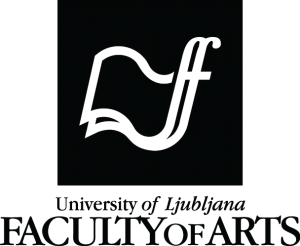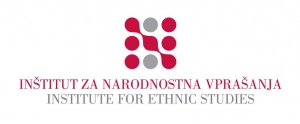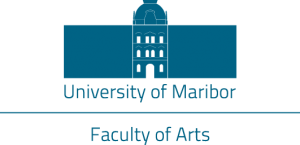The concept of a Hungarian-Slovenian dictionary:
from language resource to user
KOMASS – The concept of a Hungarian-Slovenian dictionary: from language resource to user (Oct 2015 – Feb 2018) is a national applied research project (V6-1509), funded by the Slovenian Research Agency and the Ministry of Education, Science and Sport of the Republic of Slovenia.
The main result of the project is a concept of a new comprehensive Slovenian-Hungarian dictionary (VSMS), which fills a gap in the area of Slovenian-Hungarian lexicography, given that existing Slovenian-Hungarian dictionaries are methodologically outdated or obsolete. In addition to the concept, Style Guide for lexicographers has been prepared, and sample entries of the dictionary have been compiled. Sample entries and the concept have been published on the project website.
The VSMS concept or the dictionary (database) that will be compiled on its basis, has multiple roles: first, the compilation of VSMS will have a wider community and cultural value, e.g. for maintaining the cultural identity of Hungarian minority in Slovenia, and for maintaining language vitality of Hungarian language community who can, by having access to a quality language resource, create and co-exist in bilingual environment in its native language; consequently, this ensures equal co-existence of both languages and cultures. Secondly, the VSMS dictionary database is conceptualized in a way that it enables straightforward linking with monolingual resources such as dictionaries and corpora, as well as linking with other multilingual resources. And thirdly, the VSMS dictionary is conceptualized as the first dictionary with a Slovenian-foreign language combination that will contain information on modern Slovenian and will be compiled using state-of-the-art lexicographic and language technology methods. Consequently, the VSMS database will be conceptualised in a way that it will facilitate the compilation of other bilingual dictionaries for the Slovenian-foreign language combination, even for languages for which bilingual dictionaries do not yet exist.
While preparing the concept, special attention was paid to the participants of bilingual education, and to the bilingual community in general. Thus, we have conducted a survey among the target users on the use of language resources and common problems in communication in Hungarian. In addition, we have performed a critical analysis of the bilingual education model, and the use of language resources in the pedagogical process. One of the most important findings of our research was that teachers and other potential users in the education process need a more comprehensive dictionary that covers both general language and terminology.
Important results of the project also include established links with relevant partners in Slovenia and Hungary, as well as with partners from other countries that are involved in bilingual lexicography, and language and speech technologies. All this, together with the concept and Style Guide, provides a solid basis for the compilation of the Comprehensive Slovenian-Hungarian dictionary.


